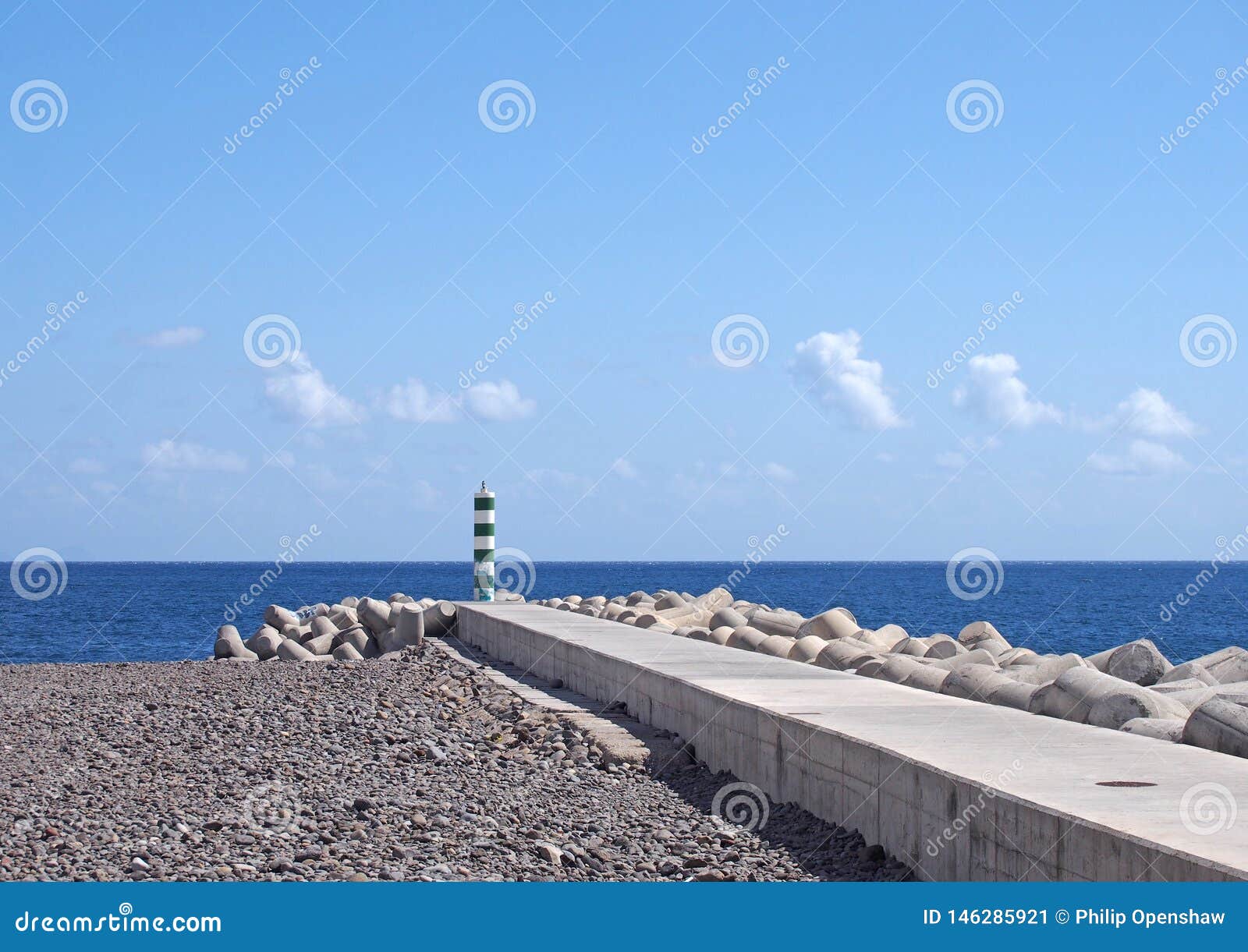
Granted they extend out to the ocean, but their purpose is not to dock a vessel. There are various types of breakwaters a vertical wall breakwater, a heap or mound breakwater and a mound with super structure.īreakwaters are not like jetties or pontoons at all. BreakwaterĪ breakwater is usually a big wall or rocks, which sit above the water’s surface, but they can also sit below the surface. Thus, they require far less maintenance and offer better longevity. Both these attributes make them more suitable for marine environments. However, what sets them apart is their ability to freely move up and down with the tide and that they are made from aluminium rather than timber.


Some are also fixed into position with piles also. PontoonsĪ pontoon is not unlike a jetty in the respect that their purpose is to offer docking to boats and vessels, and that they too are used domestically and commercially. Because they are made from timber, they are high in maintenance and eventually require frequent repairs.ĭue to the high maintenance requirements and costs, pontoons are now the preferred option over jetties. While they fit their purpose well, there are some drawbacks. As such, they are used domestically and commercially. Their purpose is to offer docking to boats and vessels. It is fixed in position with piles and is commonly made from timber. JettiesĪ jetty is a narrow, man-made structure that projects from the shoreline into the water. Today we take sidestep away from focusing purely on jetties and pontoons to look at the various types of shoreline structures so you can differentiate between them all. Though, these are quite different from jetties and pontoons. Photo credit: US Army Corps of Engineers, as hosted by ~geohab/Babaie/courses/geol2001/Hazard%20City%20application/Files/modules/shoreline/erosion.Here, at Micks Marine Maintenance, we specialise in jetty and pontoon maintenance, but these are not the only type of shoreline structures out there. While combinations of breakwaters and jetties can help mitigate erosion, they are by no means permanent solutions, and eroding coastlines will continue to be a force to be reckoned with until we can find a more permanent solution, or can find a way build more intelligently along active coasts. Jetties, groins, and connected breakwaters help to stop longshore drift, where sand and other sediment drifts down current from the direction of travelling waves (waves don’t always approach land perpendicular to the coast.) A problem with this method of erosion control is that while sediment can be deposited on the side of the structure that is immediately up-current, further erosion occurs on the down current side. For this reason, breakwaters are typically used in a series, with multiple breakwaters in a line to maintain deposition, rather than erosion. Offshore breakwaters reduce wave motion towards land, but can refract and redirect waves to another side of the breakwater, slowing erosion in one area, but speeding it in another. There are a number of ways to reduce erosion, each that have their pros and cons, but in combination, can help assist in preventing eroding coastlines. Although a natural process, when human activities bring our property and lives within actively eroding sites, erosion becomes a harsh antagonist in the fight to keep the coastlines intact. In an effort to reduce erosion of coastlines, particularly when homes, lighthouses, and other property are at risk of being lost, breakwaters, jetties, and similar features can provide temporary relief from the harsh nature of erosion.


 0 kommentar(er)
0 kommentar(er)
